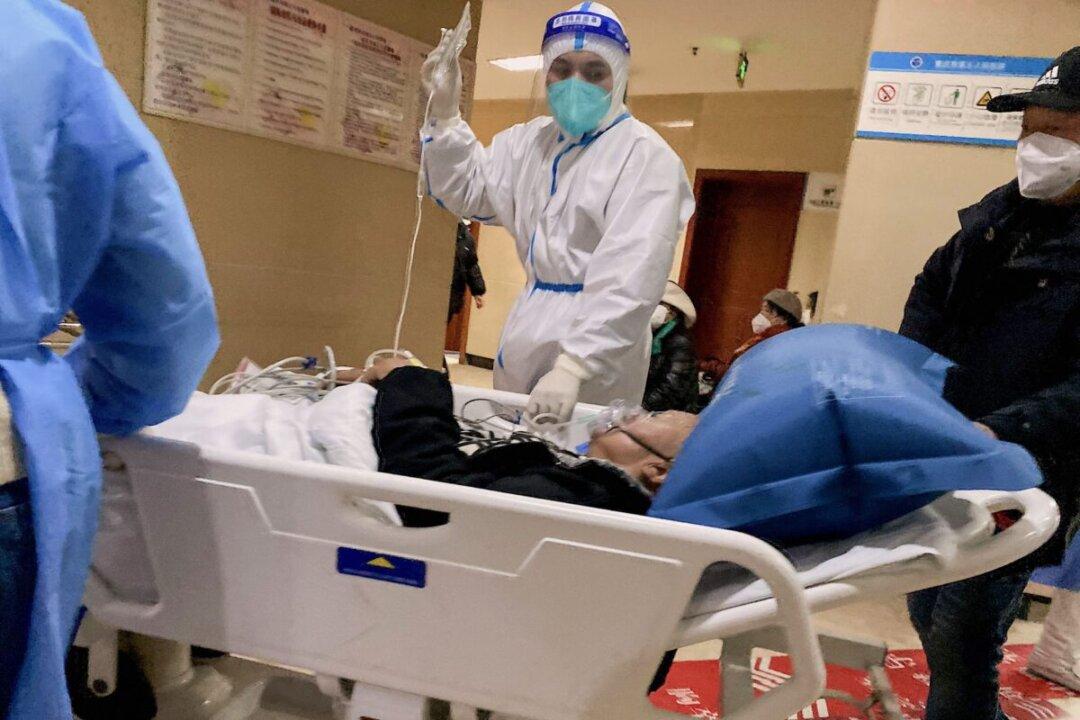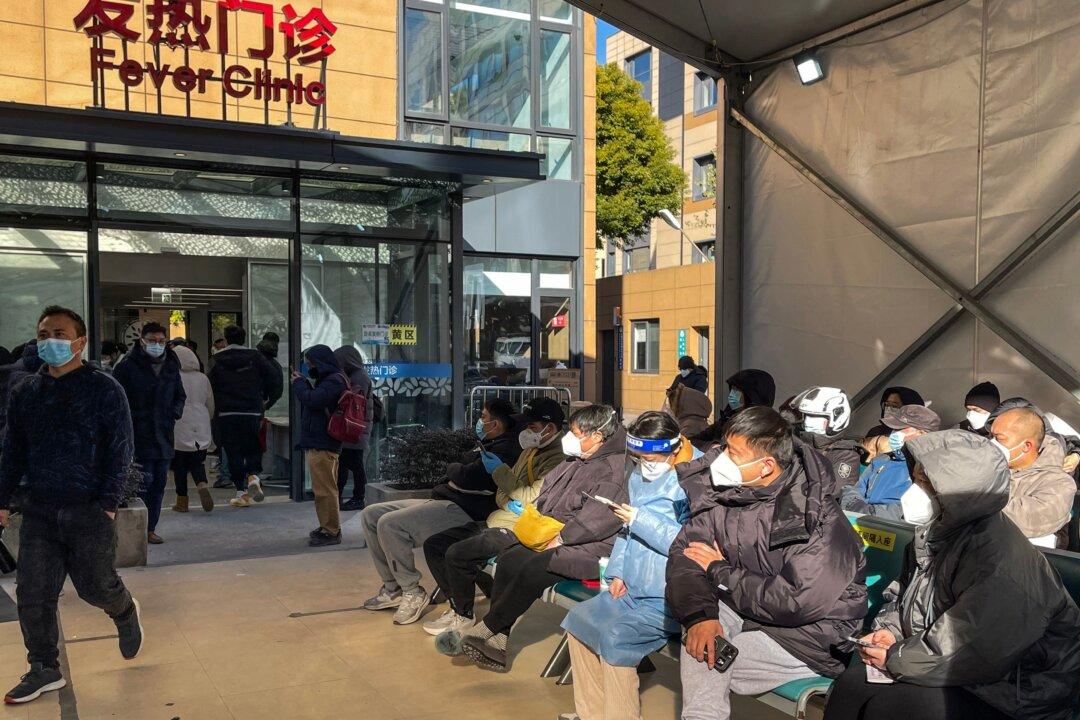China is facing a COVID crisis that Chinese experts predict will come to three peak waves that will last three to four months, with foreign experts warning that the tsunami-like epidemic will pose a serious challenge to the country’s health care system and could kill millions of people.
Outbreak May Last Four Months
Community doctors will undergo the largest wave of viral infections in history, said Zhang Wenhong, chief of the infection department at Huashan Hospital of Fudan University on Dec. 18, stressing that in this round of the epidemic, patients will be concentrated in communities; while in the past, they were more often in the quarantine sites or designated hospitals.Asked when the epidemic would subside, Zhang suggested that it will take two to four months.




